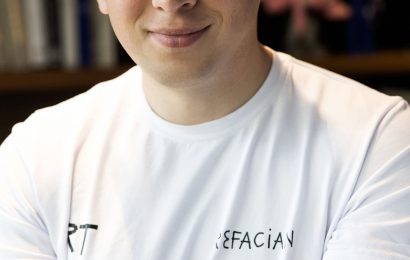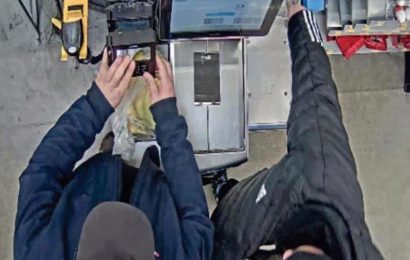On the eve of closing arguments in the homicide trial of Kyle Rittenhouse, his mother argued in a "Nightly News" interview that he would have been killed during unrest last year had he not been carrying his semiautomatic rifle.
Rittenhouse, now 18, has argued that he used the Smith & Wesson M&P 15 in self-defense as he was attacked by men who lingered in Kenosha, Wisconsin, on Aug. 25, 2020, amid protests over the police shooting of Jacob Blake. It was past an emergency curfew, and authorities had ordered people to disperse, when shots rang out.
"A lot of people shouldn't have been there," Wendy Rittenhouse said of the nighttime demonstrations, part of a wave of anti-police protests in the wake of George Floyd's murder.
"He brung that gun for protection, and to this day if he didn't have that gun, my son would've been dead," she said.
A Kenosha County jury will weigh multiple charges, including first-degree reckless homicide, first-degree intentional homicide and attempted first-degree intentional homicide. Prosecutors also allege that, because Rittenhouse was 17 at the time, he was not old enough to possess the rifle he used.
He pleaded not guilty to all counts.
Two men, Joseph Rosenbaum, 36, and Anthony Huber, 26, were killed. A third man, Gaige Grosskreutz, 27, was injured.
Lawyers for Grosskreutz did not immediately respond to a request for comment.
Prosecutors said Rittenhouse traveled from his neighboring hometown of Antioch, Illinois, picked up the weapon he had recently bought and intended to link up with "militia" members who had asked for backup to help protect Kenosha businesses. Storefronts had been damaged and vehicles were burned during the previous weekend's demonstrations.
Rittenhouse took the stand Wednesday and sobbed over his role in the violence, but he argued that he had little choice. Each of the shooting victims had physically attacked him, he said.
His Smith & Wesson rifle, part of a genre of firearms modeled after the iconic AR-15 long gun that was initially developed for military use, quickly and powerfully ended what he saw as threats.
“I didn’t intend to kill them," he said. "I intended to stop the people who were attacking me."
Wendy Rittenhouse said she knew ahead of time that her son would testify, a rare move that exposes homicide defendants to probing questions from prosecutors.
"I was … a nervous wreck. My stomach was in knots," she said. "Kyle did a good job. When he broke down, I broke down. The whole family broke down when he was breaking down. And I was just so scared for him and knowing, knowing that he's telling the truth, that's what he wanted to do, and I stood by him, and I will always stay by him."
In a lawsuit filed last month against city and law enforcement officials in Kenosha, Grosskreutz, the survivor, alleged that police created an environment in which, despite a curfew and dispersal orders, people with firearms who said they were there to protect property were given deference as "friendly" forces.
City and police officials did not respond to the suit; sheriff's officials denied its allegations and pointed out that Grosskreutz was also armed that night.
Authorities were captured on video that evening giving water to the people walking around with guns and driving past Kyle Rittenhouse, who had raised his hands and walked toward them in the wake of the gunfire.
"Defendants invited, deputized, authorized, conspired with, and ratified the actions of Rittenhouse, a child illegally in possession of an assault rifle, who roamed the street in violation of an emergency curfew order, threatening protesters with his weapon of war," the suit alleges.
Kyle Rittenhouse was not named as a defendant.
Source: Read Full Article







